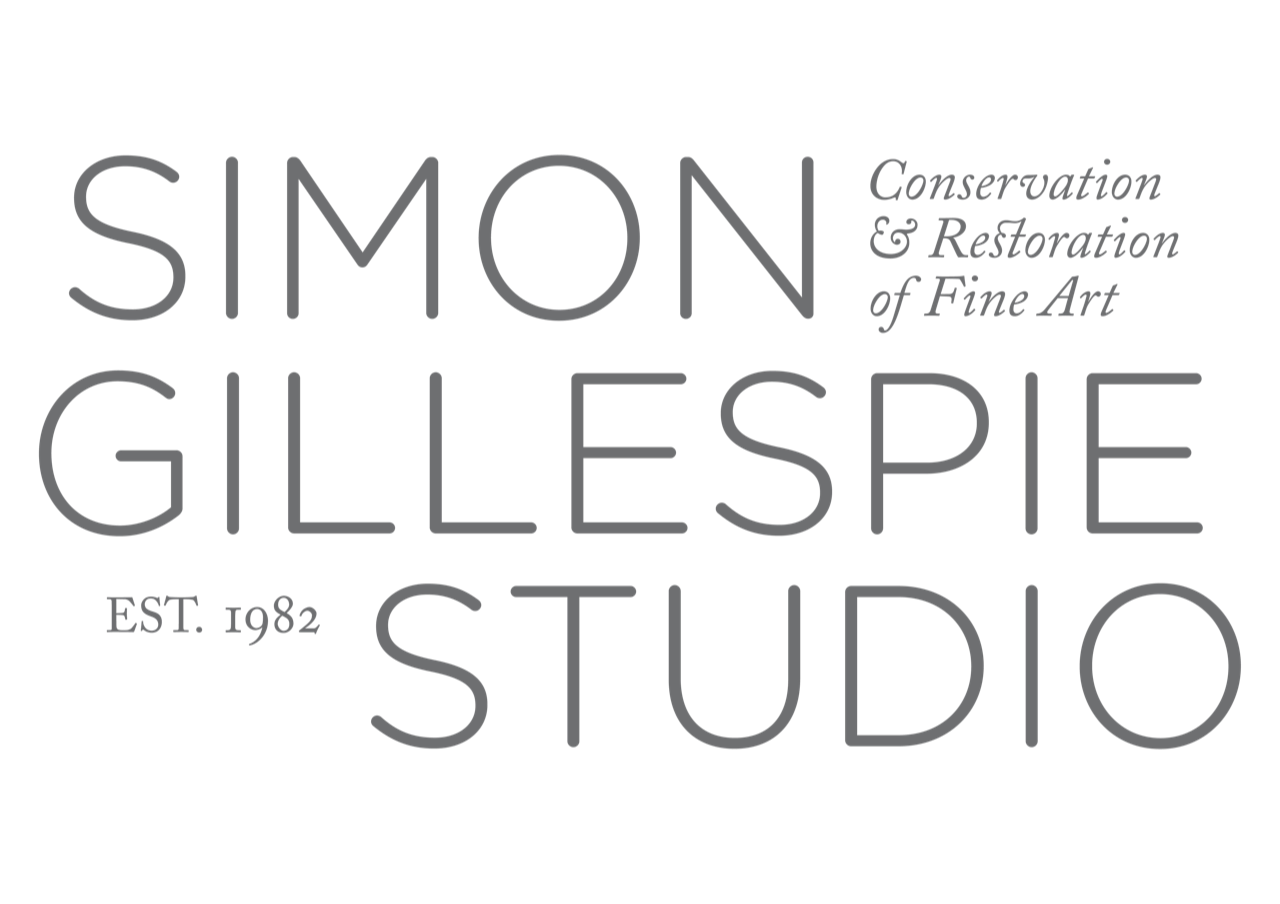5 Minutes with... Léonie van der Graaf
We sit down with Head Conservator Léonie to talk about her work here in the Studio…
Tell us a little about your role at SGS. What does your day to day involve?
I am the head conservator here, so my role is to oversee the team of conservators we have at the studio. I see my role primarily as providing support and guidance, especially to less experienced conservators.
How did you get into conservation?
I studied history of art and history as a degree and then worked briefly in arts administration before meeting a conservator who inspired me to look further into what working in the profession entailed. I was immediately fascinated and set on a course to study and train in painting conservation.
What do you enjoy about your work?
I enjoy the fact that each work of art presents its own story or history and each conservation treatment has to be carefully worked out anew. Working on a painting frequently presents surprises and problems that need to be solved. I love the fact that, as a profession and as a team, we work collaboratively. If a project is particularly challenging, having so many minds focus on the problem is enormously helpful and fruitful.
What does it mean to you, to be able to breathe new life into work that may have been around for hundreds of years? How does it feel to be part of that process?
It is always a privilege to be able to carry out a treatment that ensures the best possible future for a work of art so that it can be handed on, and enjoyed by future generations.
What have some of the highlight projects or paintings been for you?
What you enjoy restoring might not be what you would choose to hang on your wall. I love sitting down to retouch a painting that is full of fine detail so that you become lost in another world. I particularly enjoy projects where research and analysis has meant previously hidden histories have come to light.
What would be your dream artist or picture to work on?
A village scene by Bruegel the Elder.
What are the challenges of the job?
The work is full of challenges. Sometimes the challenge is to realise that certain situations are not always possible, or indeed correct, to intervene. It is vital as a conservator to keep up to date with the latest techniques and to constantly consider which ‘tool’ is best for the job. Traditional methods and cutting-edge techniques can work together very well.
How have you seen the industry change over the years?
Conservation has continued to evolve as a highly trained and ethical profession. The biggest change I have seen is that the advances in the science of treatments means that conservators need more knowledge of chemistry. I have recently been on the MCP course using the chemistry of adjusted water to achieve safer, more controlled cleaning treatments. This is a fantastic tool to add to the box! It is very satisfying to use new methods we have acquired to achieve something that was not possible before.

